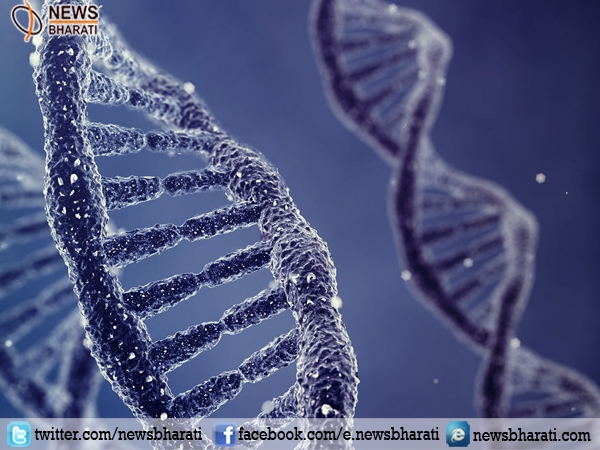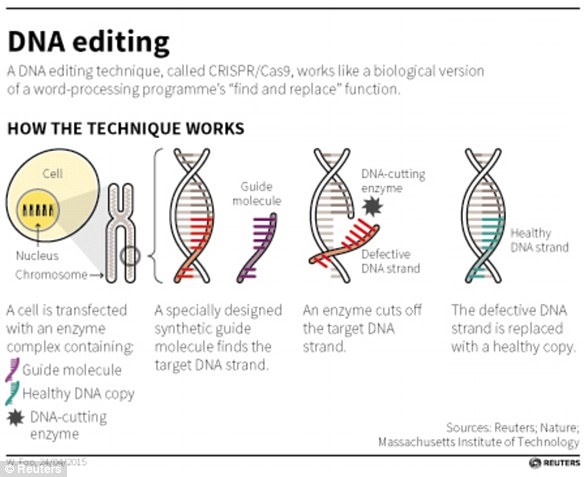Scientific Breakthrough: Soon ‘Editing’ your ‘DNA’ will be Reality
New Delhi, November 16: We humans often think about the illnesses that are passed on to us from our parents! Or sometimes even people think that how can we not let our children affect due to us? The disease normally get pass on which we call as ‘hereditary’! But scientists have invented breakthrough discovery which is termed as ‘editing genes’.

In a research, it was observed that the gene-editing tool has made numerous breakthroughs in recent years, with claims it could be used to swap out genetic mutations and cure thousands of diseases. Scientists have captured footage of CRISPR-Cas9 in action for the first time, revealing the moment the controversial tool snips a strand of DNA.
This video offers the ‘unprecedented details about the functional dynamics of CRISPR-Cas9.’ Earlier efforts to visualize CRISPR-Cas9 at work have provided some insight to the process of DNA recognition and cleavage, but much about its action mechanism still remained a mystery. Using a technique known as high-speed atomic force microscopy, the researchers from the University of Tokyo and Kanazawa University captured a more precise look. This relies on a tiny, fast-moving needle which traces the shape of Cas9 as it works, creating a real-time video.
WHAT IS CRISPR-CAS9?
CRISPR-Cas9 is a tool for making precise edits in DNA, discovered in bacteria. The acronym stands for 'Clustered Regularly Inter-Spaced Palindromic Repeats'. The technique involves a DNA cutting enzyme and a small tag which tells the enzyme where to cut. By editing this tag, scientists are able to target the enzyme to specific regions of DNA and make precise cuts, wherever they like. When cellular machinery repairs the DNA break, it removes a small snip of DNA. In this way, researchers can precisely turn off specific genes in the genome.

It's been proven to work on many species, and so far has been used to treat a genetic disease in mice, change the colour of a flower, eliminate HIV in living animals, slow the growth of cancer cells, and remove a gene that causes heart disease from human embryos.
The video was shown to a group of scientists at the CRISPR 2017 conference in Big Sky, Montana in June, by structural biologist Osamu Nureki of the University of Tokyo. One of the researchers on the team, Hiroshi Nishimasu, posted the video to Twitter. The yellow blob is Cas9, the brown strands are DNA. It takes CRISPR-Cas9 an order of seconds to cut through the DNA strand once it has cleaved to it.